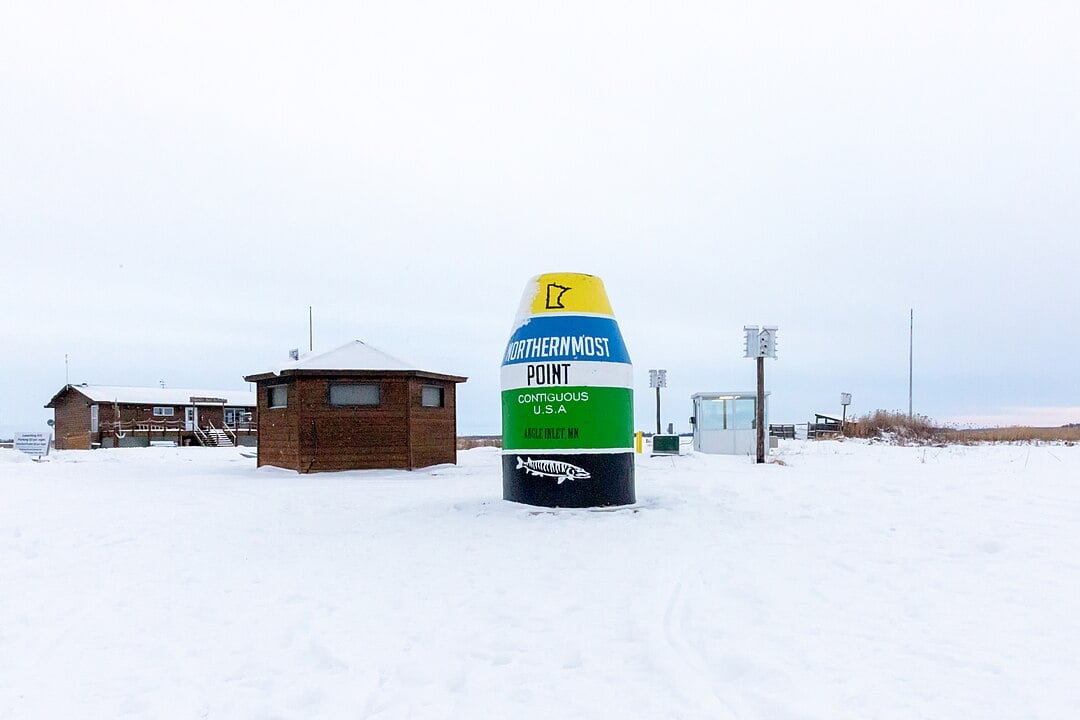
Some towns don’t announce themselves—they wait in the woods, behind lakes, beyond a bend in the road. In northern Minnesota, these places feel tucked into the land itself, cradled by pine forests, rocky soil, and old riverbeds.
They are quiet by nature and quiet by choice—unchanged, rooted, content to be overlooked. You come upon them slowly, almost by accident, and find stillness that stays with you.
For those drawn to silence, memory, or the hush of wild places, these towns offer a rare kind of welcome.
25. Celina: A Tiny Hamlet on the Edge of Wilderness
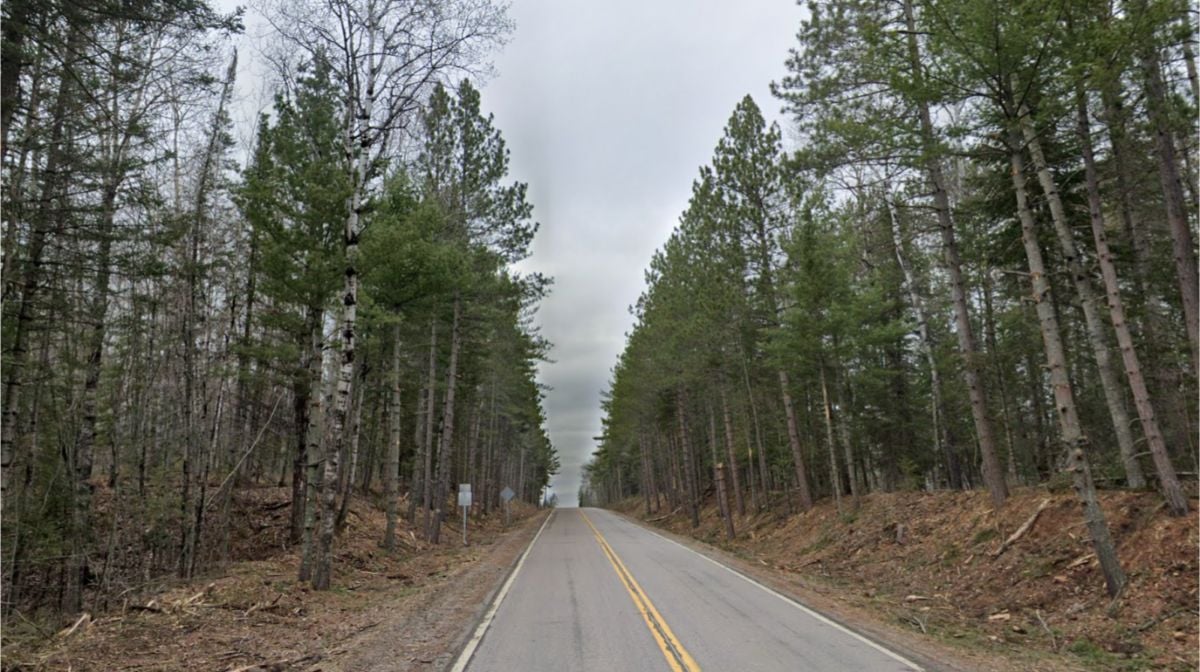
Celina is one of those places where the forest seems to press in close, softening roads and quieting the sky. With no formal town center and just a few scattered cabins, it feels like a clearing that the world forgot.
There’s a rustic hush to life here—just the rustle of trees, the crunch of boots on gravel, and the occasional deer crossing a dirt road. Visitors can explore the trails weaving through nearby state forest, fish in isolated ponds, or watch loons glide across mirror-still lakes.
There are no shops, no crowds—just the scent of pine and time to think. Locals mostly keep to themselves, tending to land or escaping here for seasonal quiet. It’s the kind of place that reminds you how little you really need.
Where is Celina?
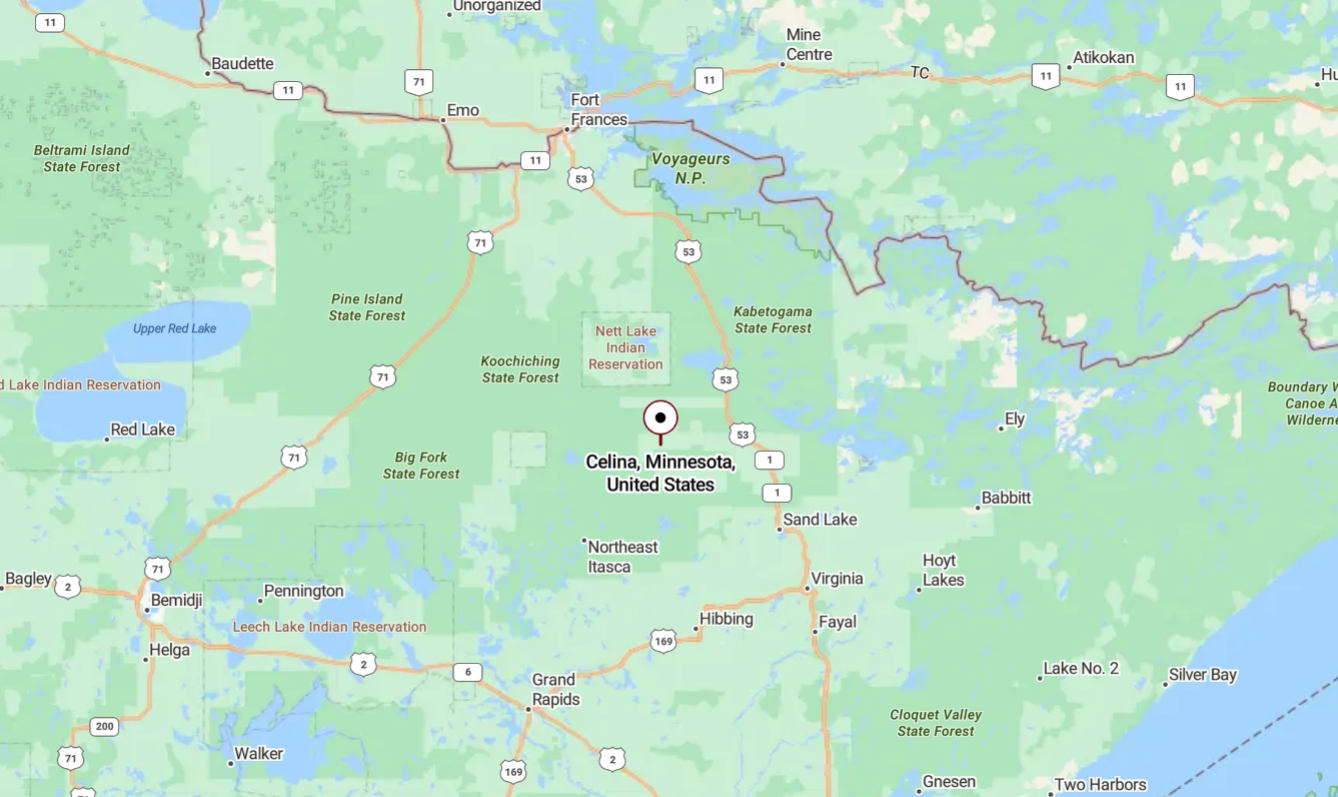
Celina is nestled in northeastern Itasca County, about 35 miles northeast of Bigfork, near the edges of the George Washington State Forest. It’s accessible only by a tangle of county roads that slowly unwind into deep forest.
There are no fast ways in and no easy reason to pass through. It’s close enough to reach, but far enough to feel like the trees might close behind you.
24. Togo: Remote Living Between Forest Roads
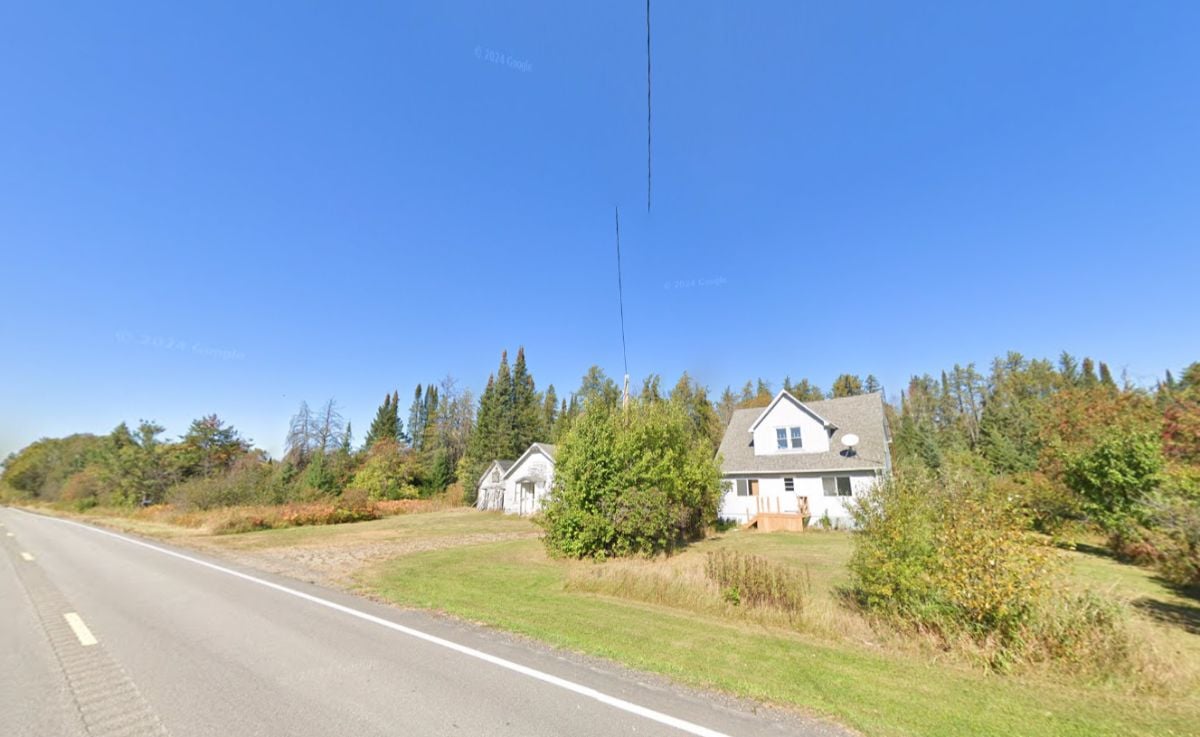
Togo sits deep within the green sweep of northern Minnesota, hemmed in by wilderness and tied together by gravel roads. There are no gas stations or stores—just cabins tucked behind trees and a community that runs more on memory than motion.
The silence is rich here, broken only by birdsong, the occasional chainsaw, or the whisper of wind through pines. You can hike through the George Washington State Forest, paddle down the Little Fork River, or simply sit under a sky full of stars.
There’s no cell service, no stoplights, and no reason to rush. Locals are self-reliant, living off the land or retreating from the bustle elsewhere. It’s the kind of place that makes solitude feel like shelter.
Where is Togo?
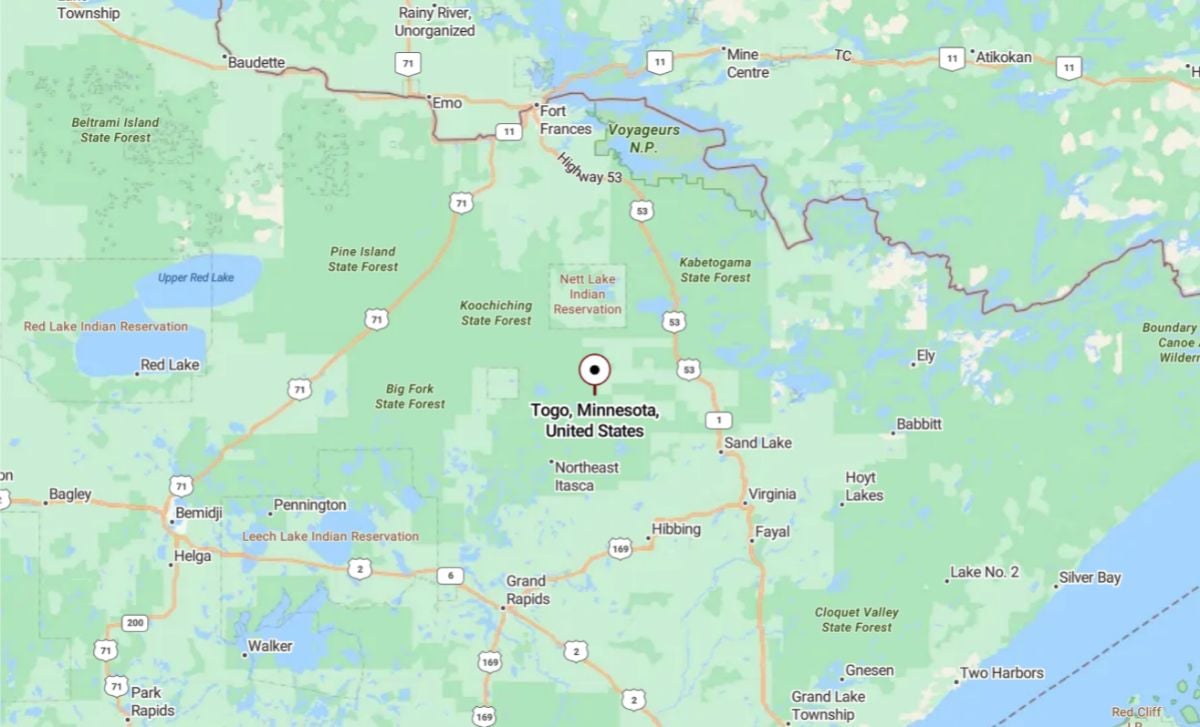
Togo lies in northwestern Itasca County, between the small towns of Effie and Cook. It’s reached via long gravel stretches like County Road 561, threading through thick stands of forest.
The nearest highway is miles away, and the closest store even farther. It’s close enough to drive to, but far enough that your phone forgets it has a signal.
23. Side Lake: A Woodsy Retreat Beyond the Noise
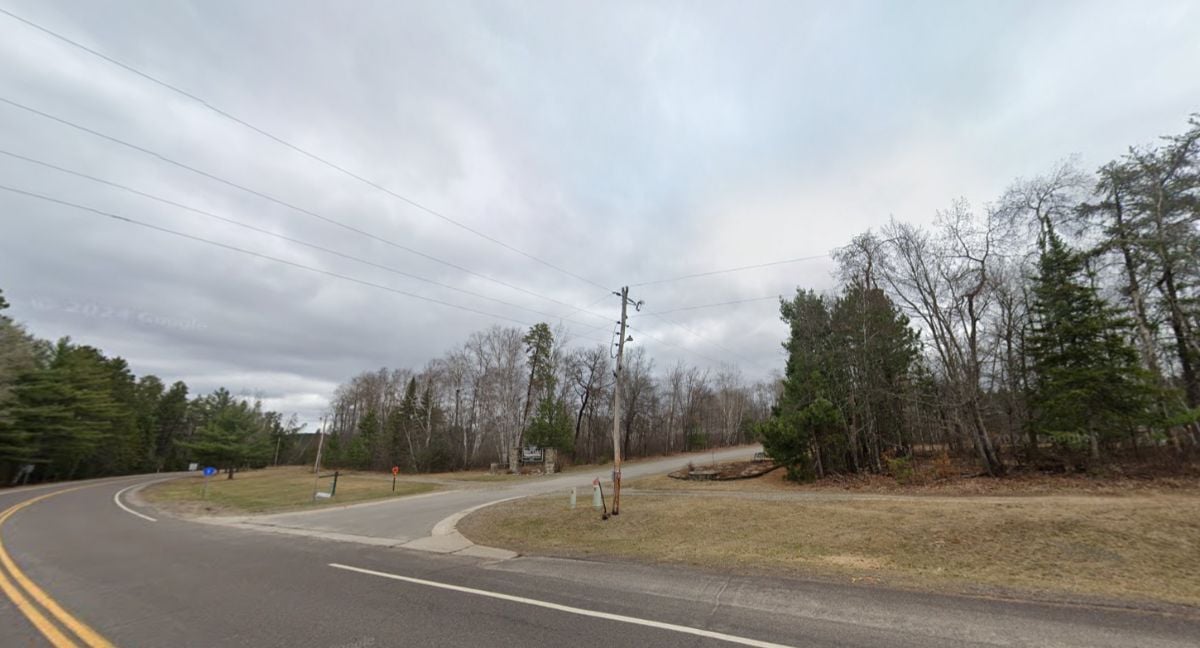
Side Lake is more gathering of cabins than town, strung like beads around a chain of clear, quiet lakes. It’s the kind of place where mornings are marked by loon calls and evenings by campfires and stars.
The pace is slow and intentional—folks here fish, paddle, hike the McCarthy Beach trails, or read on porches where cell service barely reaches. Summer brings a trickle of seasonal visitors, but even they slip into the stillness. There’s no rush here, just the soft rustle of trees and water lapping at the shore.
The community is small, centered around a few seasonal businesses and lots of long-held family cabins. It’s the kind of place that whispers you back to center.
Where is Side Lake?
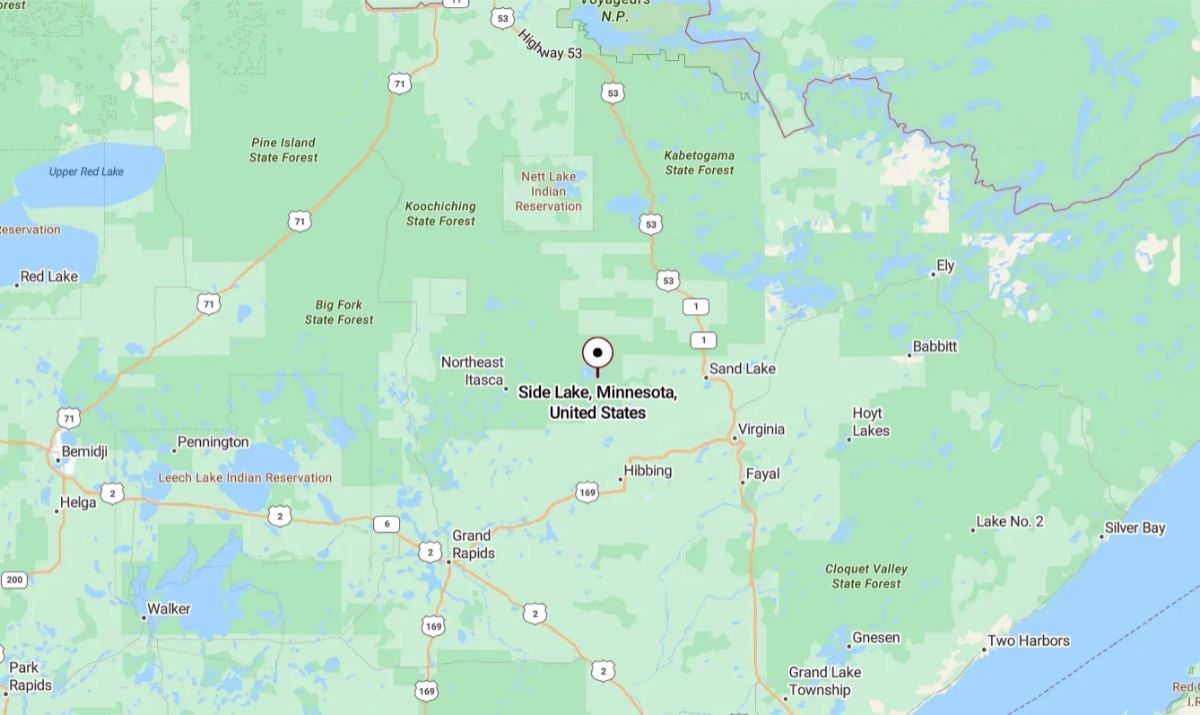
Side Lake is in northern St. Louis County, about 20 miles north of Hibbing, tucked near the Sturgeon Lake chain. It’s accessed by County Road 5, which curves through pine woods and wetlands.
Though not far from town by distance, it feels miles deeper in spirit. It’s close enough to visit for the weekend, but far enough to feel like the world paused for a while.
22. Effie: A Quiet Crossroads in the Pines
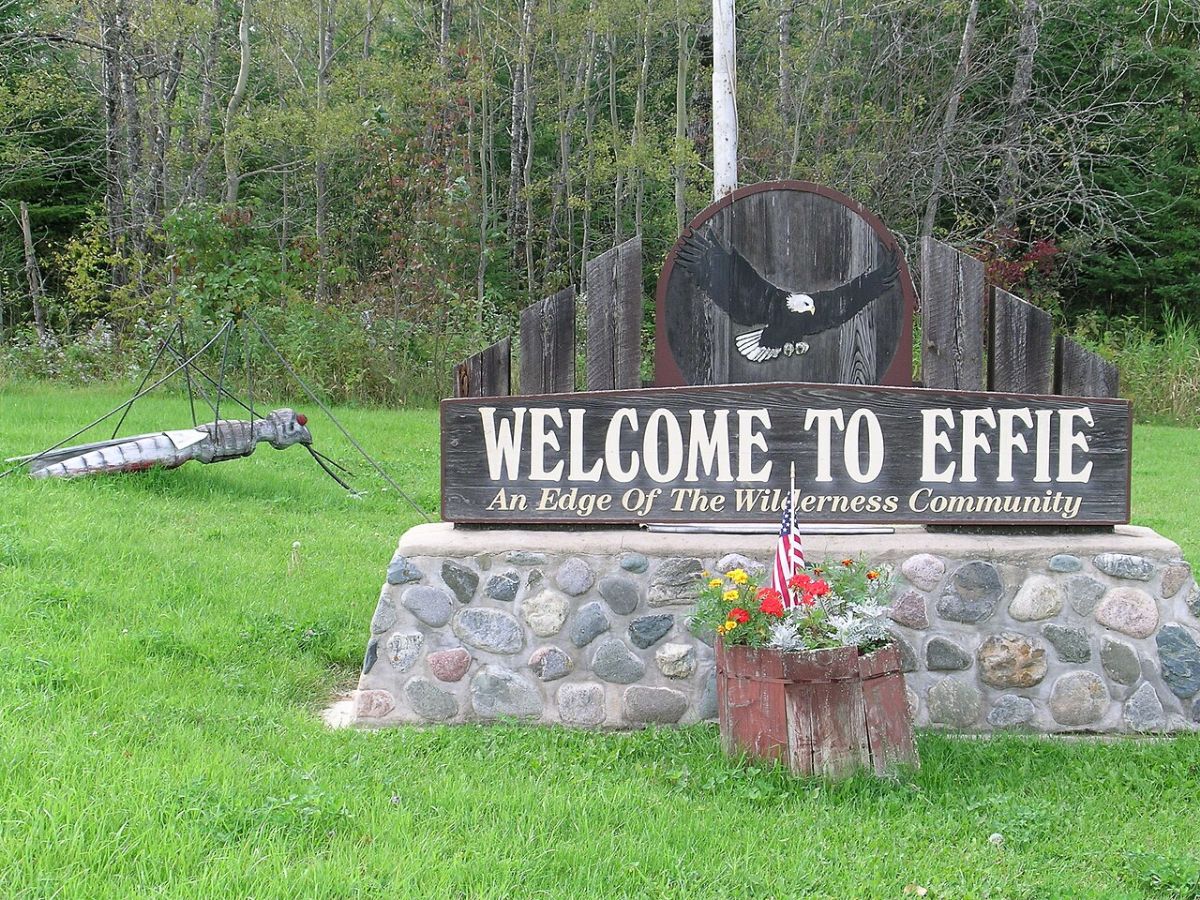
Effie feels like a last stop before the forest takes over completely. With a population barely cresting triple digits, it’s a place where gravel roads fan out into thickets of pine, and silence settles heavy after sundown.
There’s a small general store, a gas station, and not much else—and that’s part of the charm. Locals fish nearby Deer and Battle Lakes, spot moose along the highway, or gather for the annual North Star Stampede, one of the oldest rodeos in the state.
The air smells of woodsmoke and pine needles, and the night skies stretch wide and wild. Most people make their living through logging, guiding, or seasonal work tied to the land. It’s the kind of place that reminds you how quiet the world can be.
Where is Effie?

Effie sits in northern Itasca County, near the junction of State Highway 1 and Highway 38. It’s about 35 miles north of Bigfork and surrounded by dense forests and hidden lakes.
The drive in is long and scenic, often marked by deer crossings and shifting shadows. It’s close enough to reach on a map—but far enough to feel like it’s entirely off it.
21. Bear River: Where the River Bends and Life Slows
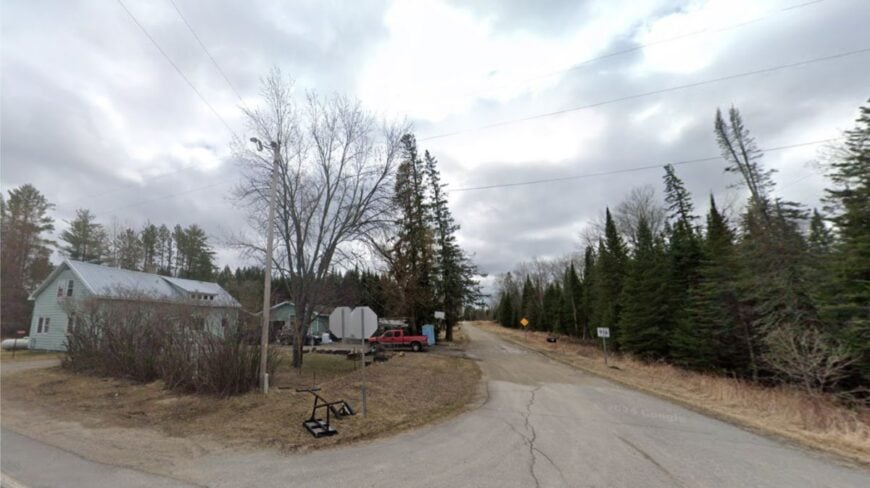
Bear River is the kind of place where you measure time in seasons, not hours. The trees here crowd in like quiet neighbors, and the river winds past as if it has nowhere else to be.
With just a handful of homes and long gravel roads, Bear River feels deeply removed from the speed of modern life. You can fish along the Little Fork River, spot wildlife on backwoods trails, or sip coffee on a porch with no traffic in sight.
The town is more atmosphere than address—more whisper than declaration. Life here centers around the land, with logging and rural living shaping daily rhythms. It’s the kind of place that reminds you how good it feels to slow down.
Where is Bear River?
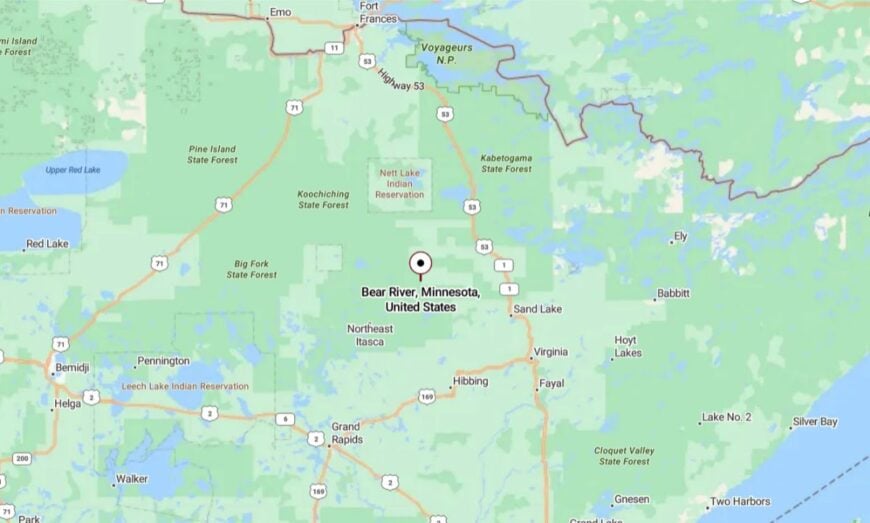
Bear River lies at the western edge of St. Louis County, between the towns of Effie and Togo. It’s tucked along County Road 22, where the forest thickens and the roads grow quieter.
There’s no town center to speak of, just forest and sky and the gentle curl of river. It’s close enough to stumble upon, but far enough to feel like it disappeared behind you.
20. Cusson: A Roadside Secret Just North of Orr
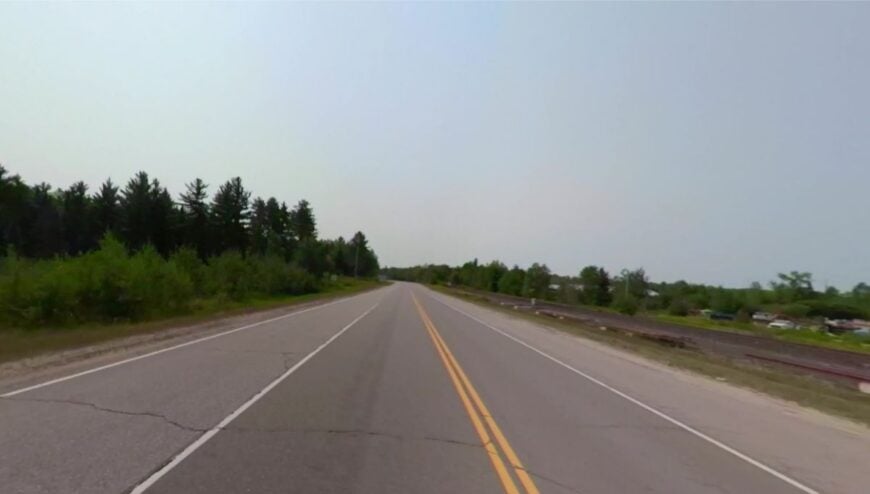
Cusson feels like a secret tucked between the trees, a town without a town sign and barely a ripple on the map. Its seclusion is wrapped in forest, with cabins disappearing into birch groves and roads that vanish into the green.
Life here is quiet by design—folks fish nearby Pelican Lake, walk old logging trails, or sit in the glow of campfire light. The air is rich with pine and stillness, and time stretches soft around the edges.
There’s no downtown, no rush hour, no agenda. Most residents live seasonally or stay tucked away year-round, close to nature and far from noise. It’s the kind of place that reminds you how little you need to feel full.
Where is Cusson?
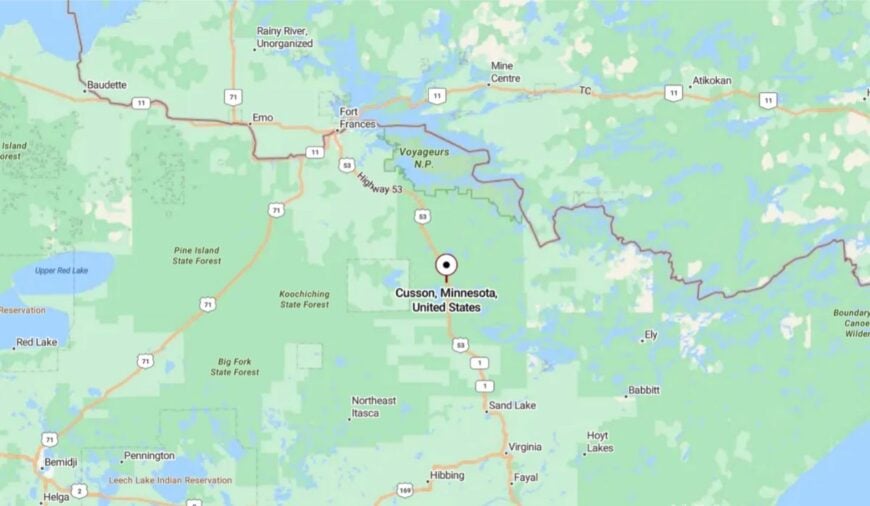
Cusson is located in St. Louis County, just north of Orr along U.S. Highway 53. Though close to a main road, it remains hidden behind trees and softly worn paths.
The turnoff is easy to miss—unless you’re already looking for peace. It’s close enough to reach with intention, but far enough to feel like a place forgotten.
19. Ball Club: Lakeside Living on Reservation Land
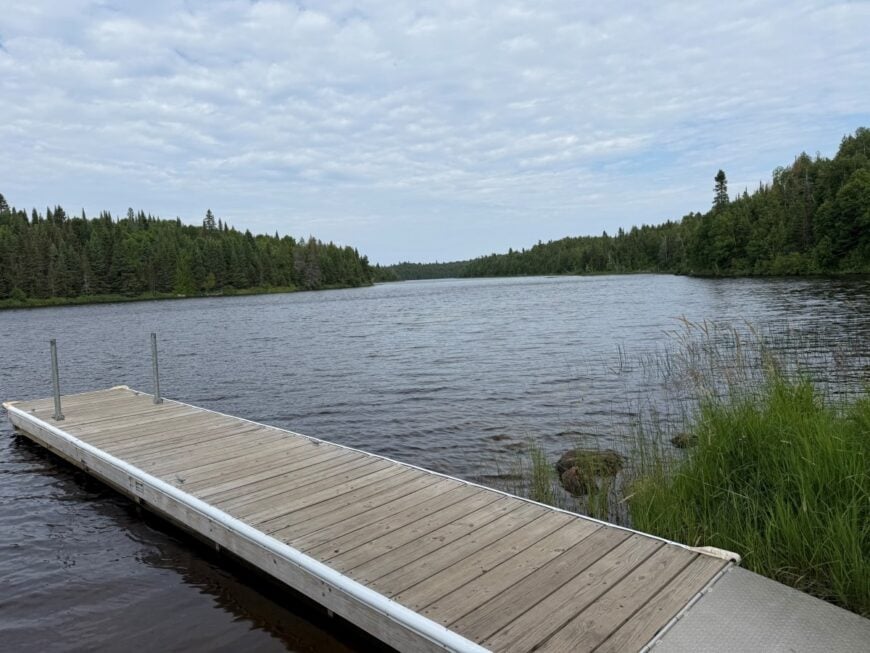
Ball Club unfolds like a painted postcard of northern Minnesota, where the pines lean in to frame Leech Lake’s restless shoreline. Its clustered cabins and modest homes sit shoulder-to-shoulder with ancient cedars, while seasonal fishermen haul up walleye at dawn. A gentle hum of community life rises from the Ojibwe-owned trading post and small marina, where craft and tradition glide side by side.
Here, maple syrup springs from tapped trees as surely as stories spring from elders recounting treaty days and harvest dances. Canoes slip past church bells on summer evenings, and eagles wheel above the reservation’s rolling meadowlands. Families tend vegetable gardens by day, then gather at the ball field under floodlights for pick-up softball games that stretch into the indigo dusk.
Ball Club reminds visitors that northern solitude needn’t be silent—that connection to land and lineage can sing as sweetly as loons at sunset. It’s a place where history and horizon meet at water’s edge, inviting you to stay long enough to learn both.
Where is Ball Club?

Ball Club sits on the Leech Lake Reservation in southeastern Cass County, just off U.S. Highway 2 between Cass Lake and Deer River. It occupies gently rolling terrain where the reservation’s forested uplands tumble into Leech Lake’s broad bays.
Access comes via County Road 87, which threads through mixed pine and hardwood stands before opening onto the lakeshore community. Though only 30 miles west of Grand Rapids, Ball Club feels a world away once the pines close behind you.
18. Angora: Pine Shadows and Country Roads
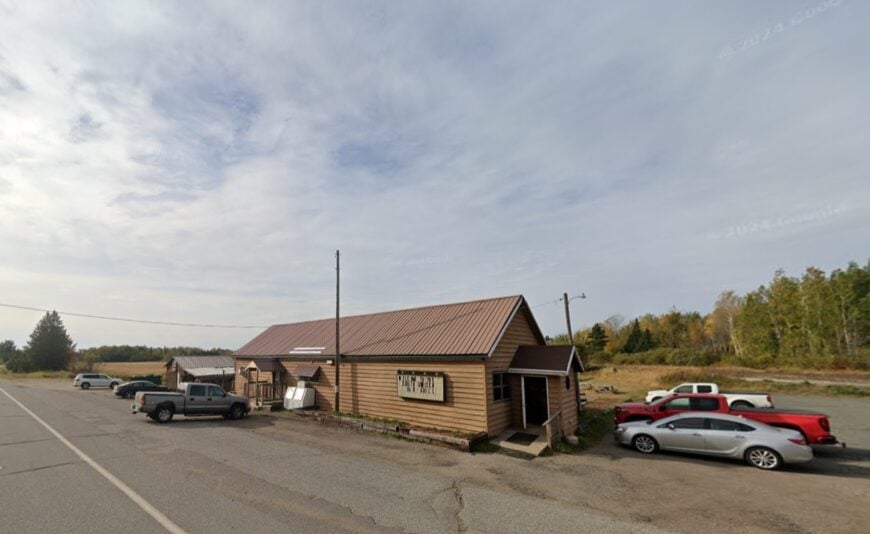
Angora is a stretch of woods and winding roads, where the land rises and falls with quiet rhythm and the trees seem to lean in protectively. There’s no busy center here, just homesteads tucked behind fields and the occasional rusting tractor in the weeds.
Life feels timeless—neighbors chat at the post office, hunters head into the forest at dawn, and stars scatter the sky without interference. You can walk unpaved trails, fish a hidden creek, or drive for miles without seeing another car. The quiet isn’t just pleasant—it’s complete.
Logging and seasonal work support those who stay, but mostly, people choose Angora for what it doesn’t have. It’s the kind of place that reminds you silence can feel like home.
Where is Angora?
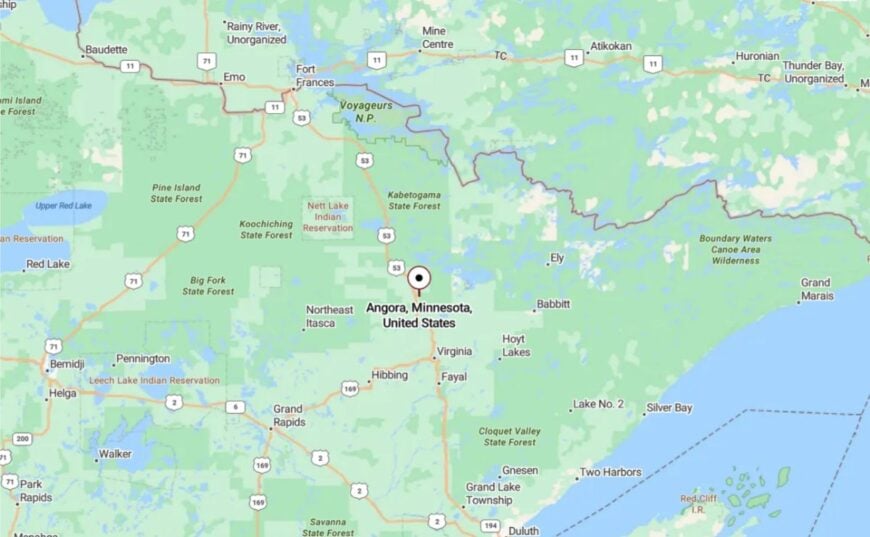
Angora is in northern St. Louis County, between Cook and Orr, a few miles off U.S. Highway 53. The town itself is unassuming, surrounded by forest and farmland.
The roads wind slowly, and each turn seems to lead deeper into the trees. It’s close enough to find if you’re looking—but far enough to feel like you’ve truly arrived somewhere else.
17. Craigville: A Forest Hollow Frozen in Time
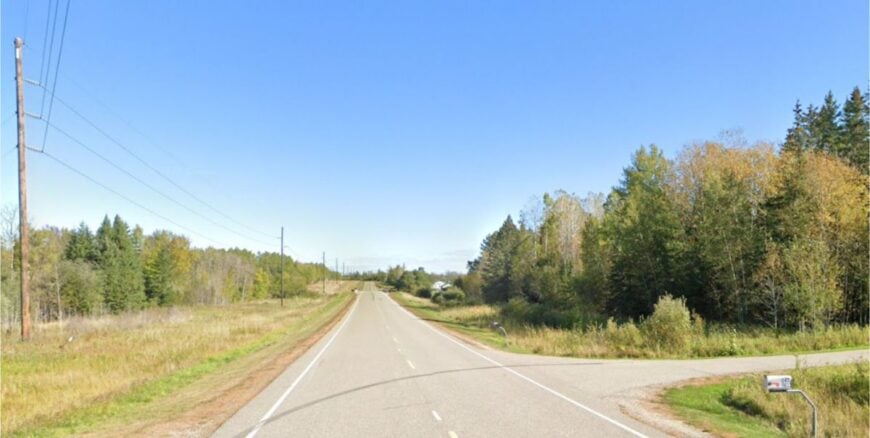
Craigville hides in the folds of the forest, a former logging camp turned ghost-quiet village where roads curve through stands of spruce and tamarack. The only sounds are wind in the branches and the distant call of loons.
You can hike to old timber-era sites, paddle nearby creeks, or walk a gravel lane with no destination. The homes are few, scattered like memories among the trees. Life here is sparse, rural, and shaped by the quiet demands of the woods.
Most who remain are retirees or forest workers with deep ties to the land. It’s the kind of place that reminds you how solitude can settle into your bones.
Where is Craigville?

Craigville is located in northern Itasca County, just west of Bigfork along County Road 14. The route winds gently through deep woods, past wetlands and shuttered sawmill relics.
There are no shops or signs to mark its presence—just an old community hall and the hush of nature. It’s close enough to find if you know where to look, but far enough to feel like the forest keeps it hidden.
16. Island Lake: Where Water Outnumbers Roads
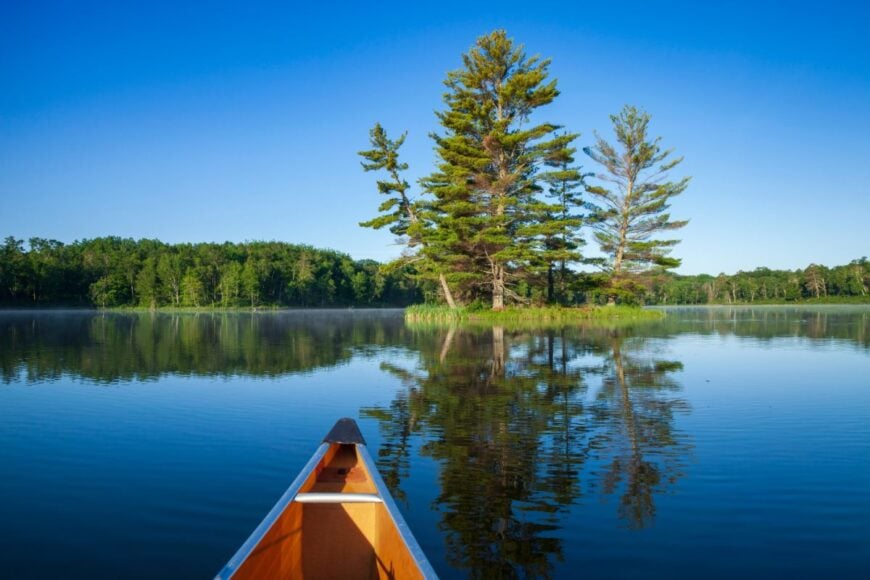
Island Lake is scattered around its namesake—a shimmering stretch of northern water flanked by quiet cabins and tree-lined shores. There’s no town center, just docks, dirt roads, and silence that wraps around the lake like a blanket.
People come here to disappear into the rhythm of paddling, fishing, and watching the sky shift across the surface of the water. It’s the kind of place where a canoe is more useful than a car, and loons offer the day’s soundtrack.
Most homes are seasonal, with locals relying on tourism, fishing, or simply retirement. The lake defines the life here—fluid, still, and softly remote. It’s the kind of place that reminds you how to be still again.
Where is Island Lake?
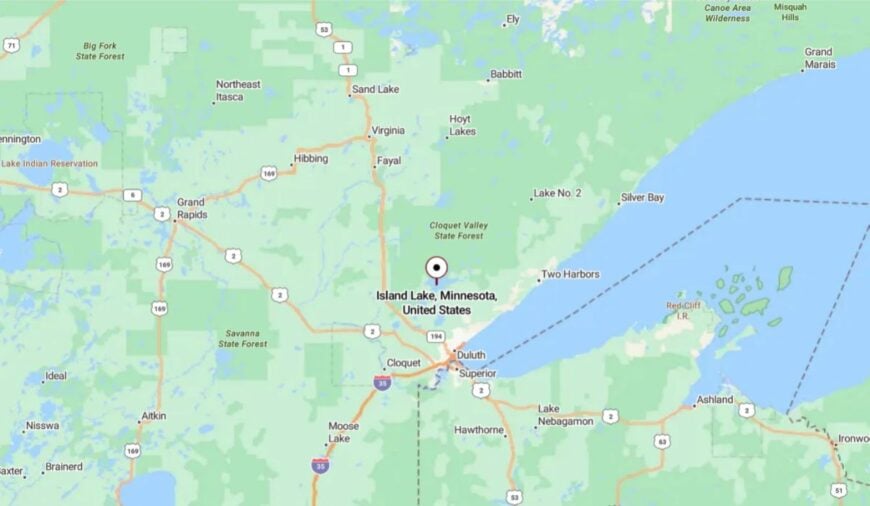
Island Lake lies northwest of Duluth in St. Louis County, reached via County Road 4 and local gravel turnoffs. It’s surrounded by water, woodland, and an ever-changing sky.
The roads thin out and the world quiets down as you approach. It’s close enough to access, but far enough that even your voice seems to soften.
15. Greaney: A Sleepy Place Near the River’s Bend
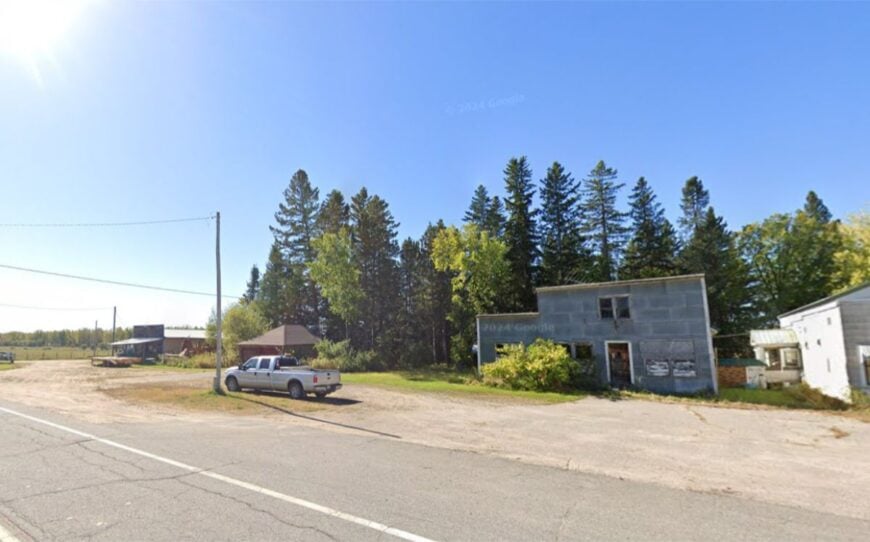
Greaney rests quietly along the Little Fork River, a town that time has respectfully passed by. With abandoned buildings slowly reclaimed by moss and the river curving through dense pine, it feels both hidden and hallowed.
There’s a nostalgic quiet here, the kind that invites slow walks, long silences, and reflections best kept between you and the trees. You can fish the river, photograph forgotten places, or simply sit by the water and listen to it all move on.
Most people who remain live quietly, self-sufficiently, and deeply connected to place. There’s no tourist draw, no local buzz—just a kind of hush that’s hard to find. It’s the kind of place that reminds you some stories don’t need to be loud.
Where is Greaney?

Greaney is in northern St. Louis County, about 10 miles northwest of Orr, along County Road 23. It’s surrounded by forests, the Little Fork River, and an old spirit that’s never quite left.
The road in feels like a step back in time—soft, slow, and full of sky. It’s close enough to find, but far enough to feel entirely alone.
14. Linden Grove Township: Where Grass Meets Pines
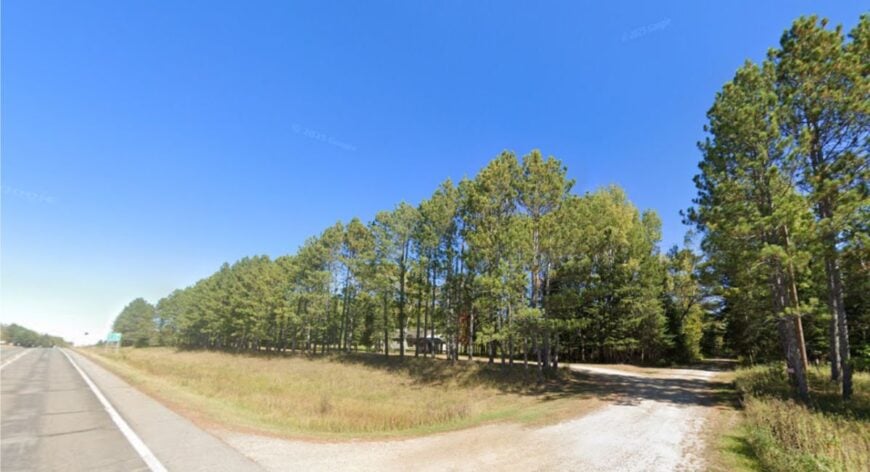
Linden Grove Township spreads wide in a quiet sweep of fields, woods, and gravel roads where homes feel like secrets tucked between the trees. It’s less a place than a feeling—a peaceful buffer between one edge of the forest and the next.
There’s no central gathering spot, just long drives, tall grass, and birdsong echoing across wide horizons. Visitors might explore logging trails, watch deer graze at dusk, or listen to the wind ripple across an open hayfield. Life here moves gently, shaped by solitude and the seasons.
People make their way through farming, forestry, or just choosing quiet on purpose. It’s the kind of place that reminds you that not all maps are meant to be filled in.
Where is Linden Grove Township?
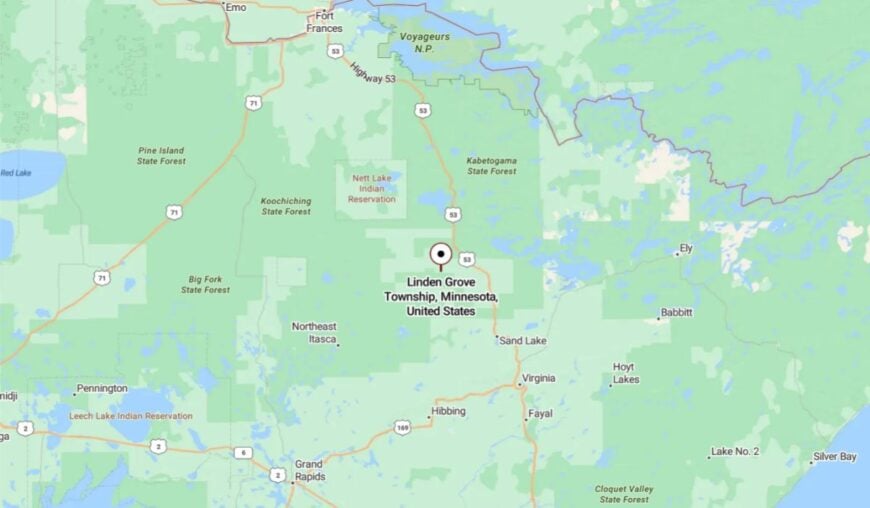
This rural township sits between Cook and Effie in northern St. Louis County, near the junction of Highway 1 and County Road 22. There’s no downtown, no signage—just space and quiet.
Roads stretch long and low through pine and field, leading you farther from noise with every mile. It’s close enough to drive, but far enough to make you slow down.
13. Heikkila: A Ghost of a Town with a Gentle Pulse

Heikkila isn’t much more than a whisper on the map—an echo of logging days and quiet lives lived close to the land. Homes here are few and far between, hidden beneath tall pines and guarded by memory.
There’s no main street or open sign, just gravel roads and old names. Visitors come for the stillness, the remoteness, or the way the landscape seems to carry its own history.
Nature has reclaimed much of the space, making the town feel like a living memory. Locals are few, self-reliant, and tied to place through tradition or retreat. It’s the kind of place that reminds you some things stay hidden for a reason.
Where is Heikkila?
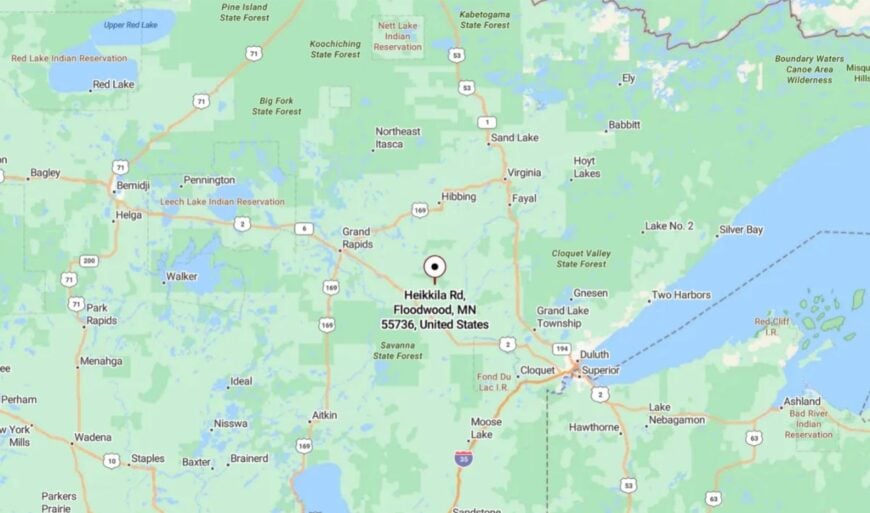
Heikkila is southeast of Cook in St. Louis County, where forest meets forgotten roadways and the map grows quiet. The closest paved road is miles away, and directions often start with landmarks.
What remains of the town is wrapped in woodland and the passage of time. It’s close enough to find if you’re willing to look—but far enough that you’ll wonder if you ever really did.
12. Rauch: A Woodland Crossroads That Time Forgot
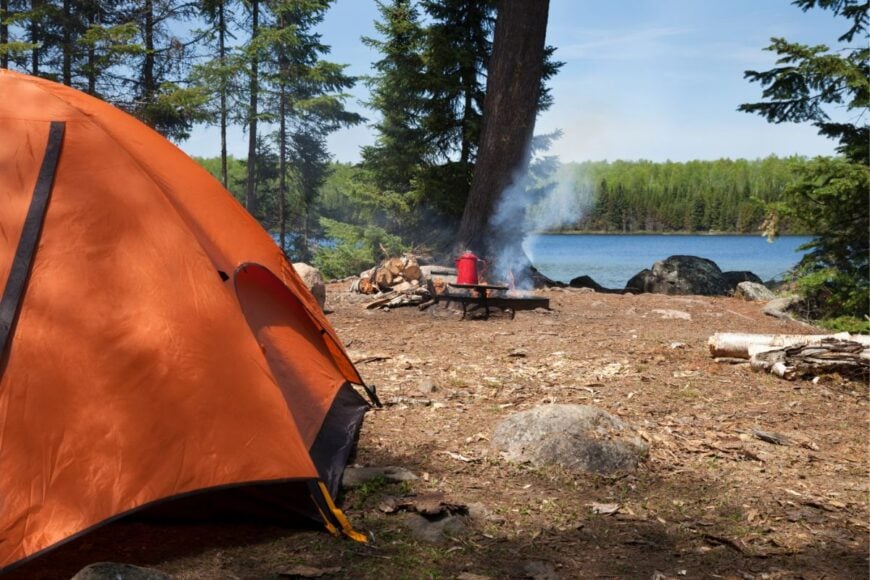
Rauch is the kind of place you find by accident and remember forever. Tucked deep in northern Minnesota’s forestland, this unincorporated speck is little more than a curve in the road and a handful of homes tucked beneath towering trees.
Its seclusion comes from miles of wilderness, with barely a building in sight and no cell signal to interrupt the quiet. Here, locals fish the Little Fork River, hunt in the fall, and walk dirt roads that feel unchanged in decades. The atmosphere is deeply rustic—part timber ghost town, part hidden retreat.
Most who remain are tied to the rhythms of the land through hunting camps or seasonal cabins. It’s the kind of place that reminds you how silence can be its own kind of beauty.
Where is Rauch?
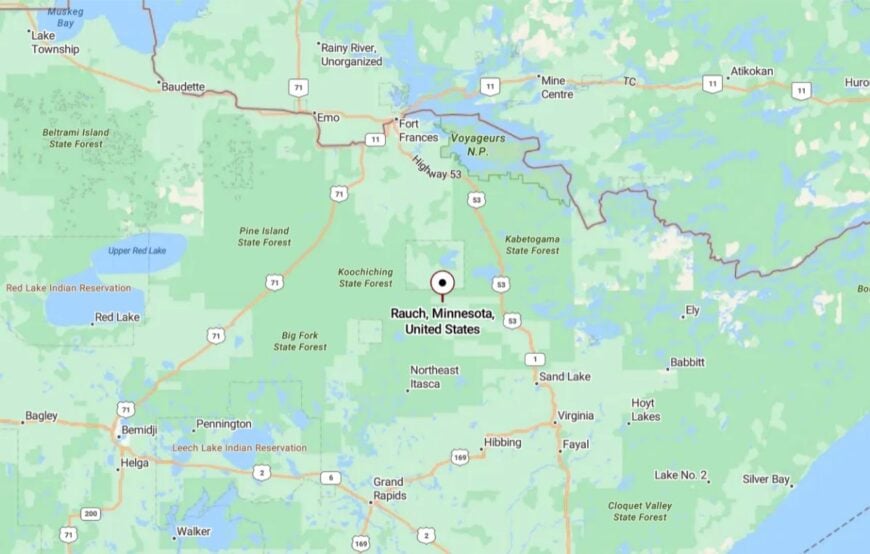
Rauch is located in southern Koochiching County, just north of the St. Louis County line. It’s nestled between Togo and Silverdale, accessible via County Road 75 through dense woods.
The journey is quiet, with long stretches of pine forest and hardly any traffic. It’s close enough to stumble across, but far enough to feel completely unplugged.
11. Nett Lake: Where the Pines Shelter Tradition
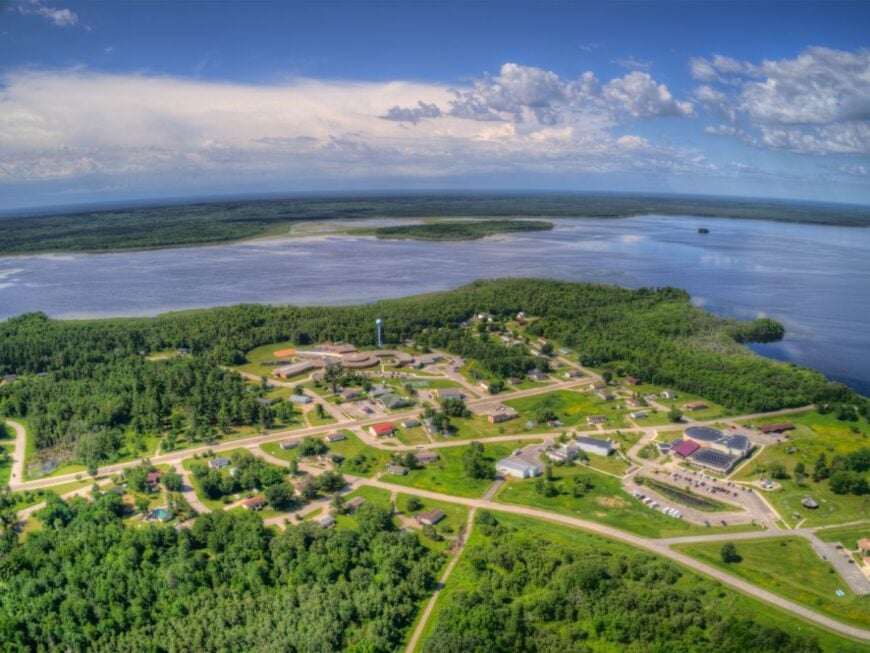
Nett Lake feels more like a forest clearing than a town, ringed with tall pines and steeped in Ojibwe heritage. Home to the Bois Forte Band of Chippewa, it’s a place where tradition and nature speak louder than traffic.
The town is remote, bordered by lakes, bogs, and miles of quiet woods, and most of its life flows with the seasons—wild rice harvests, community gatherings, and ice fishing in winter. You can paddle the namesake lake, listen to drum circles, or simply walk beneath trees that seem to hold stories.
There’s no big commerce here, just people tied to the land and to each other. The mood is peaceful, rooted, and reflective. It’s the kind of place that reminds you that remoteness can be a form of resilience.
Where is Nett Lake?
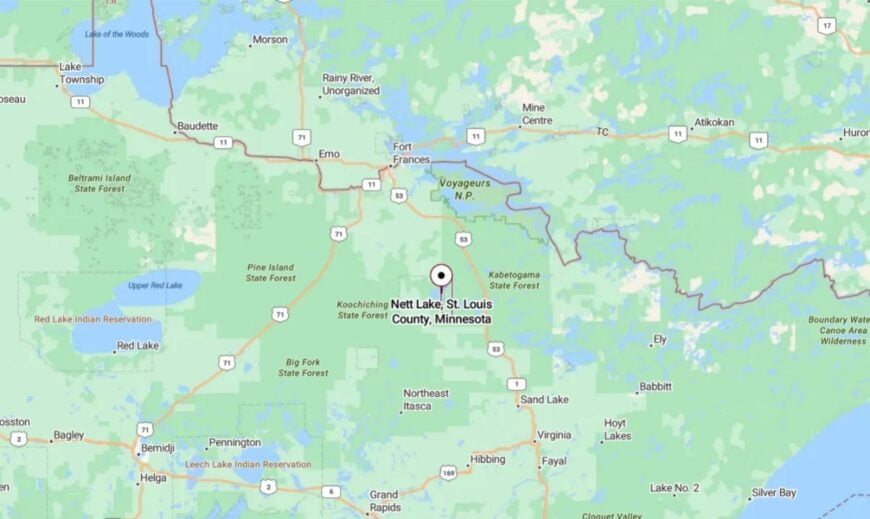
Nett Lake lies in far northern St. Louis County, about 25 miles west of Orr. It’s accessed via County Road 23, a long road lined with birch and fir that seems to lead nowhere—and then suddenly, somewhere sacred.
The town sits near the water that shares its name, hemmed in by wetlands and boreal forest. It’s close enough to find on a map, but far enough to feel like another world.
10. Britt: Unwind in This Hidden Northern Oasis

Britt is a small unincorporated community that offers a peaceful haven for those looking to disconnect. With a sparse population scattered throughout the surrounding woodlands, it’s an ideal spot for nature enthusiasts. Visitors can indulge in hiking, bird watching, and fishing in nearby lakes like Sand Lake and Lake Leander.
While there aren’t major industries dominating the area, some locals engage in forestry and small-scale businesses that cater to outdoor activities. What makes Britt particularly secluded is its location amidst vast stretches of forest, away from the noise and rush of city life. The quiet roads and untouched natural settings create a serene environment perfect for unwinding.
Where is Britt?

Situated approximately 15 miles north of Virginia, Minnesota, Britt lies along U.S. Highway 53 in St. Louis County. Its seclusion is amplified by the surrounding Superior National Forest, which acts as a natural barrier from larger towns. The community is enveloped by dense trees and serene landscapes, making it feel miles away from urban centers. Accessing Britt involves a scenic drive through winding roads, offering glimpses of wildlife and the tranquil beauty of the northern wilderness.
9. Melrude: Step Back in Time in This Secluded Spot

Melrude is a tiny unincorporated community where time seems to stand still. With a population of just a few dozen residents, it exudes a vintage rural atmosphere that’s hard to find elsewhere. The area is characterized by sprawling farmlands and thick forests, providing ample opportunities for hiking, photography, and appreciating nature’s quiet beauty.
While there are no significant industries, local activities often revolve around agriculture and forestry. Melrude’s seclusion is a result of its remote location and minimal development, offering a peaceful retreat for those seeking simplicity and calm.
Where is Melrude?

Located about 35 miles northwest of Duluth in St. Louis County, Melrude is tucked away off County Road 59. Its secluded nature is enhanced by the absence of major highways and the enveloping wilderness that surrounds it. The journey to Melrude takes you through picturesque countryside and dense forests, making it a tranquil escape from bustling city life. Despite its remote feel, the community is accessible by car, inviting visitors to step back in time and enjoy its serene setting.
8. Winton: A Tiny Town Steeped in Lumber History

Winton is a small town with a rich lumber heritage, home to around 170 residents who cherish its quiet charm. Nestled near the edge of the Boundary Waters Canoe Area Wilderness, it offers a gateway to some of Minnesota’s most pristine natural landscapes. Activities in Winton include canoeing, fishing on Fall Lake, and exploring historical sites that hark back to its logging days.
The main industries have shifted from lumber to tourism and outdoor recreation services. Winton’s seclusion is due to its small population and proximity to vast wilderness, providing a peaceful haven for both residents and visitors.
Where is Winton?

Just four miles east of Ely, Minnesota, Winton is accessible via Minnesota State Highway 169 and local roads that meander through the forest. Its location at the doorstep of the Boundary Waters enhances its secluded atmosphere, surrounded by untouched wilderness and clear waters. The town’s remoteness is part of its allure, offering a sense of isolation while still being within reach of necessary amenities. For those looking to immerse themselves in nature and history, Winton is a hidden gem waiting to be discovered.
7. Orr: Small Town Living Amidst Vast Wilderness

With a population of around 250 people, Orr embodies the essence of small-town living surrounded by expansive natural beauty. The town serves as a hub for outdoor activities like fishing on Pelican Lake, wildlife viewing at the Vince Shute Wildlife Sanctuary, and exploring the nearby Echo Lake.
Local industries focus on tourism, hospitality, and services catering to nature enthusiasts. Orr’s seclusion is attributed to its remote location in the heart of the Northwoods, offering a peaceful environment away from the crowds.
Where is Orr?

Orr is located along U.S. Highway 53, roughly 70 miles south of the Canadian border. Nestled in St. Louis County, it’s surrounded by dense forests and numerous lakes that accentuate its isolated feel. The town is accessible by car, but the journey takes you through miles of scenic wilderness, reinforcing its secluded nature. Orr’s distance from larger cities makes it an ideal destination for those seeking a quiet retreat immersed in natural surroundings.
6. Crane Lake: Unspoiled Beauty at Minnesota’s Edge

Crane Lake is a small community that serves as a gateway to unspoiled wilderness, with a population that fluctuates seasonally but remains under 100 permanent residents. It’s renowned for its access to the Boundary Waters Canoe Area Wilderness and Voyageurs National Park, making it a paradise for canoeists, anglers, and nature lovers. The local economy centers around tourism, with resorts and outfitters catering to outdoor adventurers. Crane Lake’s remote location on the Canadian border contributes to its unmatched privacy and serene environment.
Where is Crane Lake?

Situated at the end of Minnesota State Highway 23, Crane Lake is nestled against the Canadian border in Koochiching County. The journey to this secluded spot involves traveling through miles of forested roads, heightening the sense of isolation. The town is surrounded by water and wilderness, with limited road access, making it feel like a hidden edge of the world. Reaching Crane Lake offers the reward of unparalleled natural beauty and tranquility for those willing to venture off the beaten path.
5. Kabetogama: Lakeside Serenity in a Hidden Gem

Kabetogama is a serene lakeside community with a small population that welcomes visitors seeking peace and natural beauty. Located on the shores of Lake Kabetogama, it’s an excellent spot for fishing, boating, and observing wildlife within Voyageurs National Park. The primary industry is tourism, with local resorts and cabins offering accommodations for those looking to immerse themselves in nature. Kabetogama’s secluded ambiance is a result of its remote setting and the expansive waterway that defines the landscape.
Where is Kabetogama?

Kabetogama is found in St. Louis County, northeast of Orr, accessible via U.S. Highway 53 and County Road 122. Its secluded nature is enhanced by its location along one of Minnesota’s largest lakes and the surrounding national parklands. The area is sparsely populated and lacks urban development, providing a quiet escape for visitors. Traveling to Kabetogama involves a scenic drive through forests and along waterways, culminating in a tranquil destination where the pace of life slows down.
4. Buyck: Gateway to the Boundary Waters Wilderness

Buyck is a tiny unincorporated community that serves as a peaceful gateway to the Boundary Waters Canoe Area. With a minimal population, it offers an authentic Northwoods experience. Outdoor activities abound, including canoeing, fishing, and hiking in the nearby wilderness. The main industries are tourism and outdoor recreation services, catering to adventurers seeking solitude in nature. Buyck’s seclusion is due to its remote location amid vast forests and lakes, away from commercialized areas.
Where is Buyck?

Located in northern St. Louis County, Buyck sits along County Road 24, east of Orr and near the Vermilion River. Its secluded position is reinforced by the surrounding wilderness and lack of major roads or urban centers. Accessing Buyck usually involves navigating through forested routes that emphasize the remoteness of the area. For those interested in exploring untouched natural landscapes, Buyck provides a starting point that’s both accessible and deeply secluded.
3. Gheen: A Quiet Hamlet Nestled in the Heart of the Northwoods

Gheen is an unincorporated community with a handful of residents, offering a quiet and intimate connection with the Northwoods. The dense forests surrounding Gheen provide opportunities for hunting, hiking, and wildlife observation. There are no significant industries, which adds to the town’s peaceful ambiance. The seclusion of Gheen is palpable, with the thick canopy of trees and minimal human footprint creating a sanctuary for solitude and reflection.
Where is Gheen?

Gheen is located along U.S. Highway 53, roughly 30 miles south of International Falls in St. Louis County. Its position within vast forested areas amplifies its isolated feel. The community is small and easily overlooked, contributing to its status as a hidden hamlet. Travelers reaching Gheen will pass through miles of tranquil wilderness, making the journey as serene as the destination itself.
2. Embarrass: Experience the Coldest Town’s Warm Community Spirit

Embarrass is a quaint township known for recording some of the coldest temperatures in the lower 48 states, with a population of around 600 residents. Despite its chilly reputation, the community exudes warmth and hospitality. Visitors can enjoy cross-country skiing, snowmobiling, and visiting the Embarrass Historical Village, which showcases Finnish heritage through preserved pioneer buildings. The main industries include small-scale agriculture and tourism focused on winter activities. Embarrass’s seclusion is accentuated by its rural landscapes and the vast stretches of nature that surround it.
Where is Embarrass?

Situated in St. Louis County, Embarrass lies approximately 22 miles southeast of Tower, Minnesota, accessible via State Highway 135. Its remote location amidst rolling hills and forests contributes to its quiet atmosphere. The township is off the beaten path, with few major roads leading directly to it, enhancing its secluded feel. Visitors often find the journey to Embarrass a scenic exploration of Minnesota’s rugged beauty.
1. Soudan: Discover the Hidden Charm of Minnesota’s Oldest Mining Town

Soudan, with a population of around 400 residents, is Minnesota’s oldest iron mining town, rich in history and natural beauty. Visitors can explore the Soudan Underground Mine State Park, where tours delve into the depths of the historic mine. The town is nestled near Lake Vermilion, offering fishing, boating, and hiking opportunities. While mining shaped its past, tourism now plays a significant role in the local economy. Soudan’s secluded charm comes from its blend of historical significance and the serene landscapes that envelop it, providing a quiet retreat steeped in heritage.
Where is Soudan?

Located in St. Louis County, Soudan is just two miles east of Tower, along State Highway 169. Its position on the edge of Lake Vermilion and proximity to state parks enhance its secluded ambiance. The town is surrounded by forested areas and waterways, creating a natural barrier from larger urban centers. Access to Soudan involves a picturesque drive through rolling terrain and dense woods, making the journey as enchanting as the destination.

